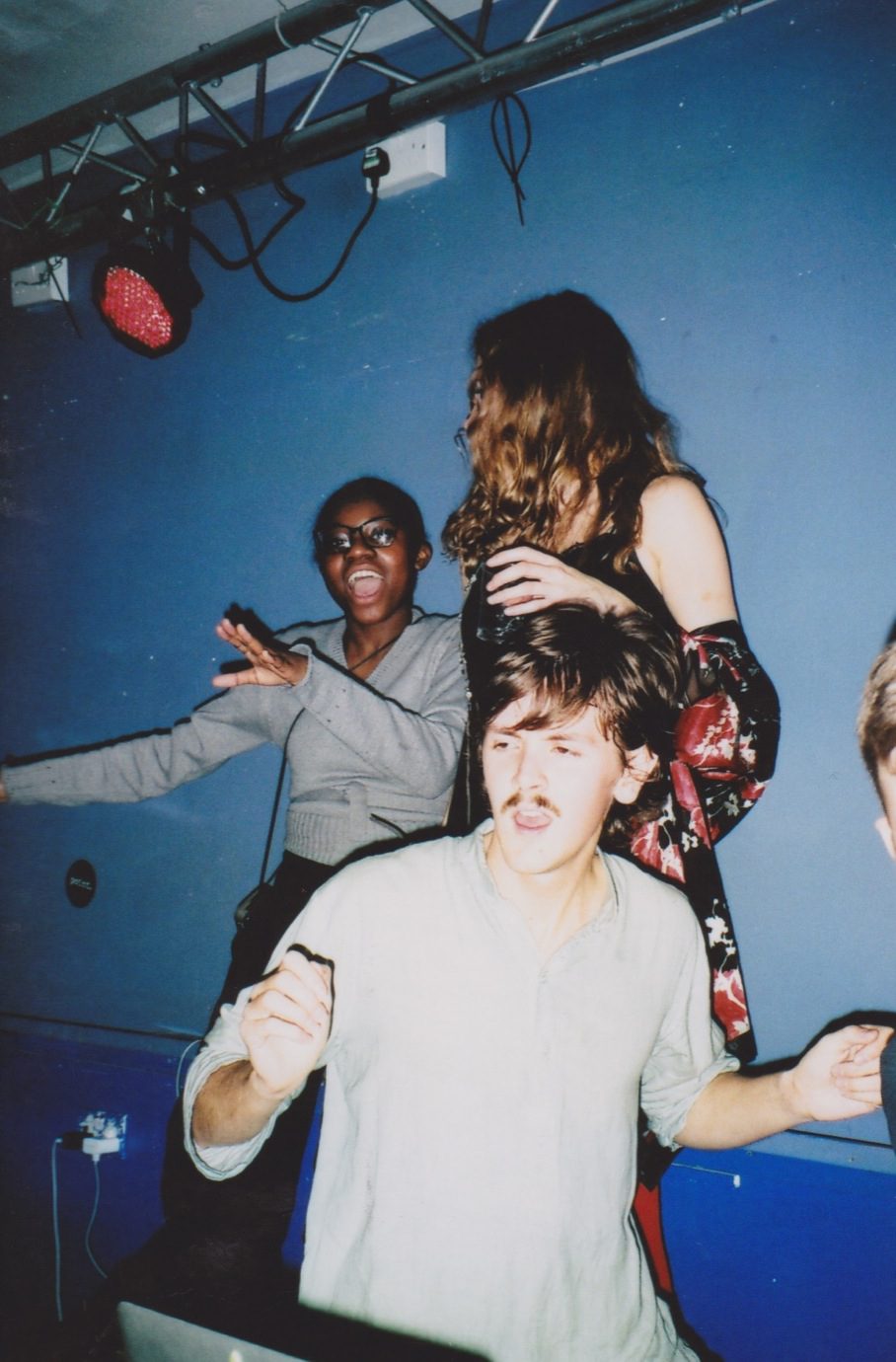Eleanor Chapman, womenswear designer and graduate of the BA Fashion course at Kingston School of Art, says that while growing up, fashion was not on her radar: “When I was seven, I moved to France with my parents and lived just outside of Paris until I finished high school. I did the French baccalaureate, which is a very rigid and non-arty school system, so my main focus were subjects such as maths or economics. When people find out where I was brought up, they tend to assume that I grew up in a very fashionable environment, but that hasn’t been my experience at all!”
Eleanor Chapman: The power of adapting
The British designer believes that modular garments are the future of sustainable fashion
“My attraction to fashion came from this tangible enjoyment of playing around with making things, rather than finding out about the work of specific designers.”
Chapman says that it was her mom who encouraged her to consider developing creative outlets to express herself: “She picked up on the fact that I enjoyed drawing in my free time and pushed me in this direction. I would start to play around with scraps of fabrics laying around the house and then when I was around twelve, she got me a sewing machine on Ebay. So my attraction to fashion came from this tangible enjoyment of playing around with making things, rather than finding out about the work of specific designers.”
For her graduate collection, The Body Decides, Eleanor Chapman started her research process by looking at the modesty bibs and vestees from the 17th century – the designer was drawn to the abstract shapes they made when laid flat on a surface, and their transformative nature after being placed on the body. “I looked at the work of the German visual artist Franz Erhard Walther, who was known for his interactive installations. He believed that an artwork isn’t an artwork until there’s an audience that interacts with the piece. I wanted to showcase a similar message and look at the progression that happens when a person is wearing my garments,” says Chapman.
“I think that it’s important to look at and question how people are using and disposing of clothes.”
For Chapman, this process became a way to talk about the larger issues that are surrounding fashion consumption: “I think that it’s important to look at and question how people are using and disposing of clothes. It’s about looking at not only how we interact with pieces, but also how we, as creators, design pieces to instigate the way in which people are using and layering them, adding longevity to their use. In my opinion, looking at how people interact with garments is just as important to the subject of sustainability as the sourcing of materials that the clothes are made out of.” Consequently, the designer focused in her collection on creating a modular system that allows and encourages its wearer to experiment with the garments through a set of small adaptable pieces made entirely from deadstock fabrics and leathers, which can be assembled and layered in endless ways.
Another focal point was building a strong representation of femininity without designing menswear-inspired pieces, which are often used to get this message across. “Rather than just doing ‘strong’ suits, I wanted to create a rigid silhouette that also really engages with the female body, reveals certain parts of it, and frames it in a very powerful way.” The designer was particularly inspired by the abstract metal sculptures created by Simon Gaiger’s simplistic and fluid shapes which, she says, embody her own sense of femininity.
“You have to find confidence in the way that you create and just stick to it, rather than peek over your shoulder and try to imitate others. Think of what your talents are and develop your process around that.”
While looking back on her time at Kingston, Chapman says that when it comes to fashion education, it’s crucial to stick to your own aesthetic and point of view, as well as find a way of working that suits you the most. “You have to find confidence in the way that you create and just stick to it, rather than peek over your shoulder and try to imitate others. Think of what your talents are and develop your process around that. For me, I discovered that making 3D manipulations on the stand were my stronger side, so I built my process around it and that’s where my best ideas came about.
This November, Chapman is entering the next stage of her development as a designer and enrolling on the MA Womenswear course at Central Saint Martins. “I’m very happy that in this uncertain time I’ve got something planned and can continue to do my work rather than be stressed out about finding a job. But I think it’s also interesting to learn how to work in these times. We’ve kind of gotten over the initial shock and we’re starting to adapt more – at this point, I feel really comfortable with working partly at home and translating my work into the digital realm. And I think that being able to learn and build your foundations as a designer in that environment will be really useful for years to come.”














































